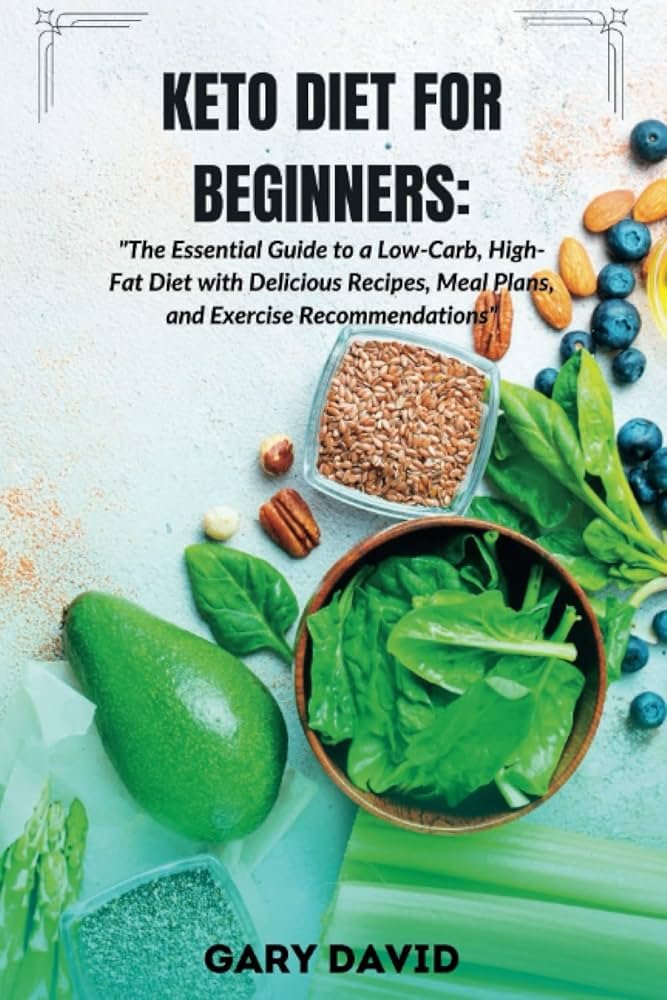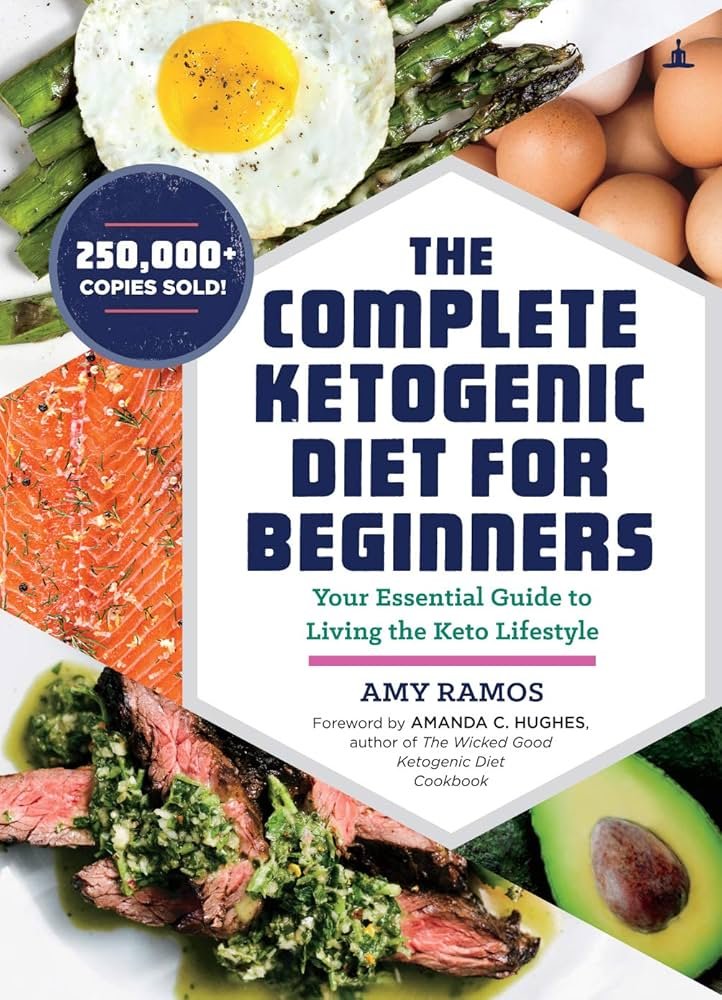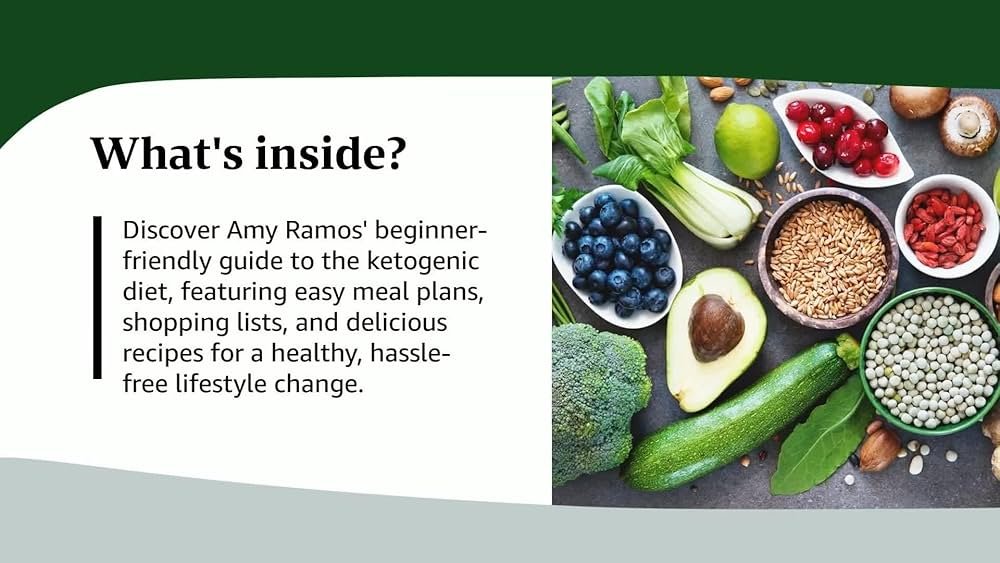Have you ever wondered how changing your diet could help you achieve better health, enhance your energy levels, or even lose weight? If you’ve been curious about the ketogenic diet, you’re in the right place. This essential guide will take you step-by-step through the details of the keto diet, helping you understand its principles and how you can effectively adopt this eating style as a beginner.

What is the Keto Diet?
The ketogenic diet, often referred to as keto, is a low-carbohydrate, high-fat diet that puts your body into a metabolic state called ketosis. In this state, your body becomes incredibly efficient at burning fat for energy. By drastically reducing your carbohydrate intake and replacing it with fat, your body learns to rely on fat, rather than sugar, for fuel.
The keto diet isn’t just a fad; it has been used for decades as a therapeutic diet to manage conditions like epilepsy. Now, it’s gaining popularity for its potential to aid in weight loss and improve overall health. Understanding the foundation of the diet is the first step toward implementing it successfully.
How Does the Keto Diet Work?
Your body’s primary energy source relies on carbohydrates, which are broken down into glucose. When you significantly reduce carbohydrate intake, your body undergoes a metabolic shift, primarily using fat for energy.
- Carbohydrate Reduction: The diet typically restricts carbohydrates to around 20 to 50 grams per day. This is much lower than the average American diet.
- Fat as Fuel: With fewer carbs, your body starts to draw energy from fat. Here’s where the liver plays a vital role, converting fatty acids into ketones, which can be used for energy.
- Ketosis: This state occurs when your body is producing a significant amount of ketones. Ketosis leads to improved fat burning, a reduction in hunger hormones, and can encourage weight loss.
Knowing how the body shifts its energy sources will help you understand the benefits and risks of the keto diet.
Benefits of the Keto Diet
The ketogenic diet offers a variety of benefits beyond weight loss. Here are some of the most notable advantages you can experience:
- Weight Loss: Many people find success with weight loss on this diet, largely due to fat burning and reduced hunger levels.
- Increased Energy: Once your body adapts to burning fat for fuel, you may notice an increase in energy levels.
- Improved Mental Clarity: Some adherents report experiencing clearer thinking and enhanced focus while in ketosis.
- Better Blood Sugar Control: The diet can help stabilize blood sugar levels, which is beneficial for managing diabetes or prediabetes.
- Reduced Inflammation: Some studies suggest the keto diet may help decrease inflammation, improving certain health conditions.
Familiarizing yourself with these benefits can be motivating as you consider how this dietary change may fit your lifestyle.
Getting Started with the Keto Diet
To start the ketogenic diet, it’s crucial to prepare yourself. Understanding what to expect and how to structure your eating will help you transition smoothly.
Stock Your Pantry
Before beginning, take a little time to stock your pantry with keto-friendly foods. For an easy reference, here’s a breakdown:
| Food Group | Recommended Foods | Foods to Avoid |
|---|---|---|
| Proteins | Chicken, beef, eggs, fish | Bread, pasta, rice |
| Dairy | Cheese, yogurt, heavy cream | Milk, low-fat products |
| Vegetables | Leafy greens, broccoli | Potatoes, corn, carrots |
| Fats | Olive oil, coconut oil, avocados | Processed oils, margarine |
This table can help simplify your grocery shopping as you begin.
Meal Planning
Meal planning is a powerful tool that can help you stay on track. Plan your meals around high-fat, low-carb ingredients. Here’s how you can create a simple meal plan:
- Breakfast: Scrambled eggs cooked in butter with spinach and cheese.
- Lunch: Salad with mixed greens, avocado, grilled chicken, and olive oil dressing.
- Dinner: Zucchini noodles topped with ground beef and a high-fat cheese sauce.
- Snacks: Cheese cubes, nuts, or hard-boiled eggs.
Creating a meal plan not only ensures you’ve got the right ingredients on hand but also makes sticking to the diet much easier.
Common Keto Mistakes to Avoid
Starting any new diet can be challenging, and the keto diet is no exception. Being aware of common pitfalls can help you maintain your commitment.
Not Eating Enough Fat
It may sound counterproductive, but on a keto diet, fat is your best friend. Many beginners mistakenly think they should eat fewer fats because they want to lose weight. Instead, aim for about 70-75% of your daily calorie intake to come from fats.
Ignoring the Importance of Electrolytes
When you start cutting carbs, your body sheds water weight and can quickly lose essential electrolytes. This can lead to fatigue, headaches, and dizziness. Ensure you consume enough sodium, potassium, and magnesium by including foods like avocados, leafy greens, and bone broth.
Being Too Strict
While it’s essential to keep track of your carbohydrates, being overly restrictive can make the diet difficult to maintain. Allow yourself a bit of flexibility. It’s okay to indulge occasionally; just be sure to return to your routine afterward.
Not Drinking Enough Water
On a keto diet, it’s crucial to stay hydrated. Since your body flushes out a lot of water in the first few days, be sure to drink enough water to support your metabolism and maintain overall health.
Foods to Embrace on Keto
Understanding what you can enjoy on this diet can make it feel less restrictive and more enjoyable.
Healthy Fats
Fats are your main energy source on the keto diet. Here are some great options to consider:
- Avocados: Packed with healthy fats and fiber.
- Nuts and Seeds: Rich in fats and proteins. Almonds, walnuts, flaxseeds, and chia seeds are excellent choices.
- Olive Oil: Perfect for dressings and cooking, it’s packed with monounsaturated fats.
Low-Carb Veggies
Not all vegetables are created equal on the keto diet. Focus on:
- Leafy Greens: Spinach, kale, and lettuce are low in carbs.
- Cruciferous Veggies: Broccoli and cauliflower are nutrient-dense and versatile.
Proteins
You’ll still want to incorporate protein into your diet, and here are some low-carb options:
- Eggs: A fantastic source of protein and healthy fat.
- Fatty Fish: Salmon, mackerel, and sardines are not only rich in omega-3 fatty acids but low in carbs as well.
- Meats: Chicken, beef, and pork can be enjoyed, but aim for fattier cuts for added health benefits.

Foods to Avoid on Keto
It’s just as important to understand what to skip on the keto diet. Here’s a quick refresher:
Sugary Foods
This includes candy, pastries, soda, and anything high in sugar. These foods can kick you out of ketosis in no time.
Grains and Starches
Avoid bread, rice, pasta, and cereals. These foods are high in carbohydrates and not conducive to maintaining a state of ketosis.
Fruits
While some fruits are nutritious, most are high in sugars. Berries can be enjoyed in moderation, but other fruits like bananas, grapes, and apples should generally be avoided.
Overcoming the Initial Challenges
Starting the ketogenic diet can come with some challenges. However, knowing what you might face can help you prepare and push through.
The Keto Flu
As your body transitions into ketosis, you might experience what’s popularly known as the “keto flu.” Symptoms may include fatigue, headache, irritability, and digestive issues. These symptoms typically last a few days to a week. Staying hydrated and replenishing electrolytes can help ease these symptoms.
Social Situations
Navigating social events can be tricky. When dining out or attending parties, don’t hesitate to ask for modifications, such as substituting vegetables instead of grains or skipping sweet desserts.
Finding Support
Much like any significant lifestyle change, having support can make the transition easier. Consider joining keto-focused online communities or finding a buddy who is adopting the same diet. Sharing experiences can boost your motivation and accountability.

Tracking Your Progress
Measuring your success on the keto diet would be best to create a method for monitoring your progress.
Using Ketone Meters
To find out if you’re in ketosis, you can use a ketone meter. There are different types available:
- Breath Meters: Measure ketone levels in your breath.
- Urine Strips: Quick and easy; these indicate the presence of ketones in your urine.
- Blood Meters: The most accurate option, measuring the blood ketone levels.
Keeping a Food Diary
Recording what you eat can also be beneficial. A food diary helps you track your macronutrients and ensures you meet your daily goals.
Monitoring Your Weight and Measurements
While weight loss may be one of your goals, focusing on overall wellness is essential. Track measurements, energy levels, and how you feel overall on the diet, as this can provide a more comprehensive picture of your success.
Maintaining Long-Term Success on Keto
Sustaining the keto lifestyle may present its own challenges and changes, so it’s vital to approach it with a long-term mindset.
Finding Your Balance
While sticking to the diet is important, enjoying life is equally essential. After a few months of strict adherence, you might find a balance that allows for occasional carbs without derailing your efforts.
Emphasizing Nutrient Density
When making food choices, prioritize nutrient-dense options to reach your health goals. Focus on whole foods, healthy fats, and plenty of low-carb vegetables. This can improve your health over time.
Continuing to Educate Yourself
As you progress on the keto diet, continue learning about nutrition and healthy eating. Knowledge can empower you to make informed decisions moving forward, whether or not you choose to remain entirely ketogenic long-term.

Conclusion
Transitioning to a ketogenic diet can be both exciting and overwhelming as you set out on this new journey. Understanding the principles, benefits, and practical strategies will empower you and set you up for success. Remember that everyone’s experience is unique, and it’s okay to adjust the plan as needed to fit your lifestyle.
As you embark on the keto journey, maintain an open mind and be patient with yourself. By equipping yourself with knowledge and support, you will not only navigate the initial challenges but truly thrive on this dietary adventure. Happy keto eating!
